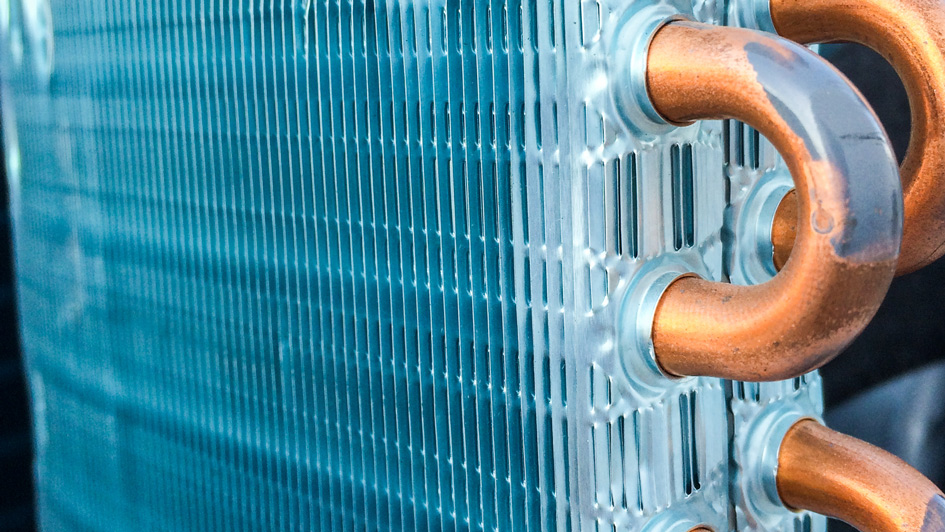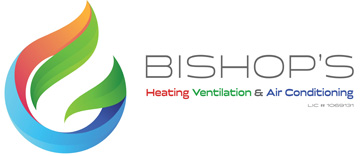
A furnace is usually a background player at home, ensuring you're warm across the cold winter months. It regularly doesn’t get noticed until a malfunction appears.
One cause may be that your furnace has a cracked heat exchanger. It’s a potentially dangerous issue, so it’s important to familiarize yourself with the evidence of a cracked heat exchanger and what you can do if you are worried that may be the problem.
What Is a Heat Exchanger in a Furnace?
A heat exchanger transfers heat from the combustion chamber of your furnace to the air that moves throughout the ventilation. It generally accomplishes this through coils or tubes that heat up the air while serving as a barrier to keep the gasses produced in the combustion chamber, called flue gasses, from leaking out into your home.
Is a Cracked Heat Exchanger Dangerous?
Thanks to its key role, it shouldn't come as a surprise that a cracked heat exchanger can be hazardous. A damaged heat exchanger can enable dangerous gasses – like carbon monoxide, which can be lethal – to be distributed through your home.
For this reason, don't ever use your heating if you think you're dealing with a cracked heat exchanger, as this could make your entire family sick. Call an HVAC professional as soon as possible if you think your furnace has a cracked heat exchanger that needs repair.
Four Symptoms of a Cracked Heat Exchanger:
- Furnace turns off: A cracked heat exchanger can cause your furnace to shut off.
- Odd Smells: If the air escaping your furnace has a strong chemical odor, it might be an indicator that gasses are leaking through cracks in your heat exchanger. These gasses, which will often smell like formaldehyde, are a major warning sign.
- Carbon monoxide alarm is triggered or you recognize health problems: If a cracked heat exchanger is relieving carbon monoxide into your home, your carbon monoxide alarm should go off or household members might experience signs of carbon monoxide poisoning. Side effects include headaches, dizziness, weakness, nausea, vomiting or feeling tired. If an alarm goes off or you feel unusually tired, exit the home immediately and then call for help.
- Soot: If you find black sooty collecting near the exterior of your furnace, it’s another sign something could be seriously wrong.
What You Should Do if a Furnace Heat Exchanger is Cracked
If you worry your furnace has a cracked heat exchanger, hire a pro well versed in furnace installation Sacramento right away so they can examine your system and, if needed, handle a furnace heat exchanger replacement. Costs will vary depending on the situation, but estimates often hover around $1,000 to $3,000.
Estimates aside, the good news is that heat exchangers are often covered by the warranty. It's a good idea to confirm the warranty paperwork on your furnace, because while the warranty won't always cover the entire cost of repairs, it could significantly lower your bill.
How to Avoid a Cracked Heat Exchanger in Your Home
One of the easiest ways to minimize the risk of problems in your furnace overall is through regular furnace maintenance. Furnaces provide the best possible return on investment when they run efficiently. Contacting a certified professional to examine your furnace for broken-down parts, clogged filters and other likely problems can help you avoid getting a big bill later on.
It’s also a good idea to inspect your furnace filters every few months – it’s encouraged some filters be replaced every 90 days or sooner if they are dirty or grimy. While the filters are not part of the heat exchanger itself, the strain of dragging air through a clogged filter makes your entire furnace work more vigorously to complete its job. And the harder your furnace works, the more deterioration parts like the heat exchanger will endure.
